
I should leave this photo without any comment. There is some longing and emptiness here…

You can cycle on motorways because there are no other roads and the traffic is light. The images of heroes of the revolution remind us that it is either "Socialism or death!".

In Cuba you may often see well-preserved American cars. Considering the lack of access to spare parts, we were truly impressed by specimens like this one. Still, I suspect some of them may have Volga engines under their bonnets.

The beauty of blooming roadside aloe was irresistible.

Large scale cattle ranching is common in the Southwest.

The herds are guarded by cowboys. Every true cowboy must have spurs. We even saw spurs attached to pink wellingtons!

You never know when a machete may come in handy.

The marble covered Capitolio Nacional is overlooking the centre of Havana. Reminiscent of the US Capitol, it was built between 1929 and 1932 by 5000 construction workers. Before the revolution it was the seat of the Cuban Congress. Currently it is home to the Cuban Academy of Sciences and the National Library of Science and Technology.

The Cathedral of Saint Christopher of Havana (La Catedral de San Cristobal de la Havana) on Plaza de la Catedral. This biggest architectural monument in Havana was built between 1748 and 1787.
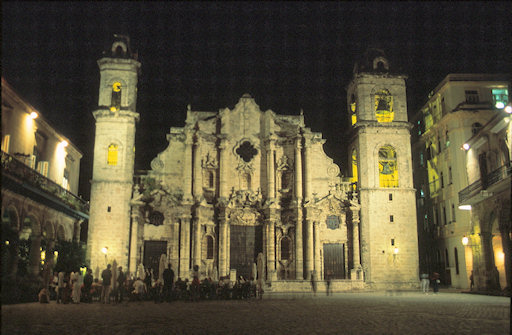
The same cathedral at night.
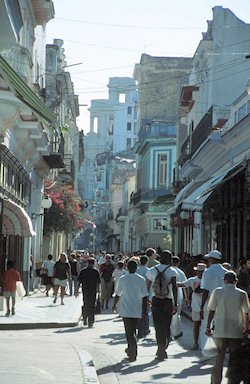
The streets of La Habana Vieja are vibrant with life. Many buildings were renovated thanks to UNESCO funds.

However, a bit further things look quite different.
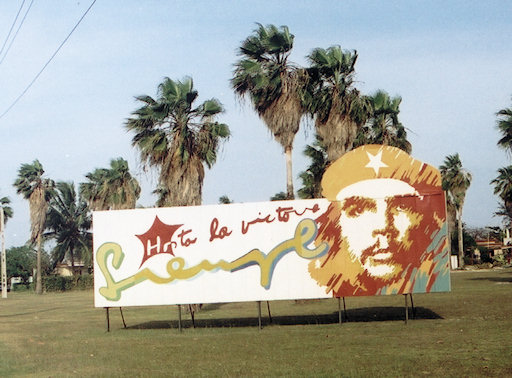
One of the most beautiful pieces of propaganda, standing right next to luxury hotels in Varadero.
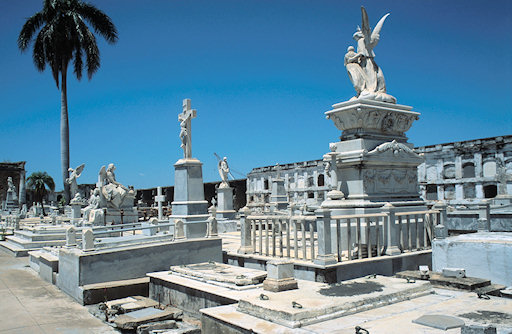
Amazing cemetery in Cienfuegos (Cementerio La Reina). Hundreds of marble tombstones, dazzling with their whiteness under the bright sun. It is unbelievable what can be carved in stone… In recent years the cemetery has suffered from hurricanes.
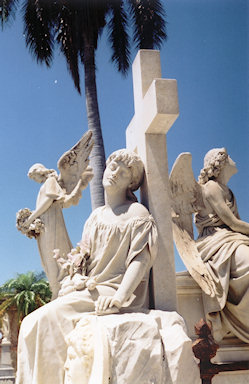
The most famous statue at Cementerio La Reina: Bella Durmiente - a young woman who died in the age of 24 in 1907, because of a "broken heart".
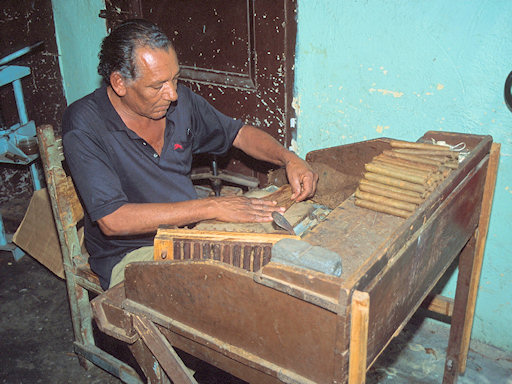
A small cigar factory in Trinidad - Fabrica de Tabacos. This man was delegated to be photographed by tourists. In a room next door, several dozen men and women were rolling cigars, of course not on their thighs - this is just an urban legend.
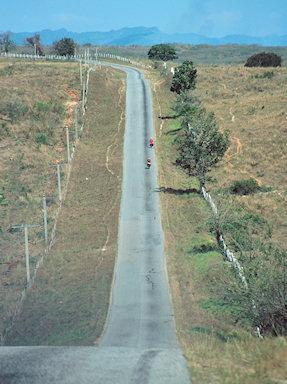
The road to Trinidad leads through picturesque empty areas.
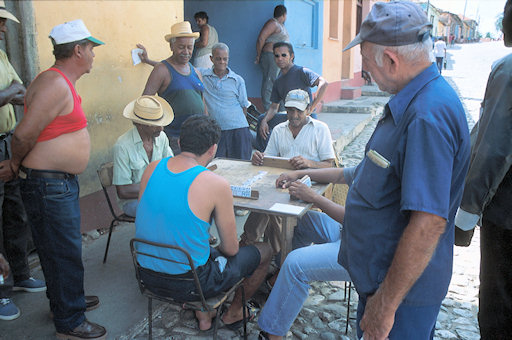
A game of dominoes is a favourite activity during siesta…
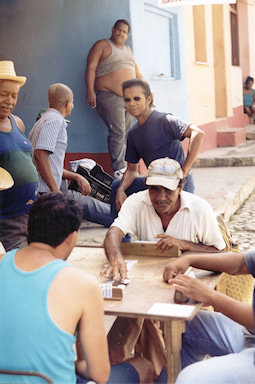
…and an opportunity for a friendly meeting.
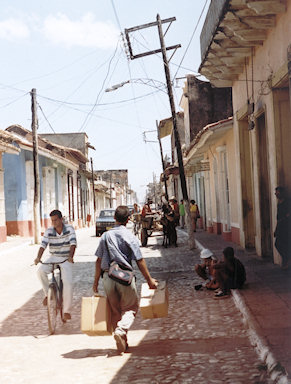
It seems as if time stood still in Trinidad.
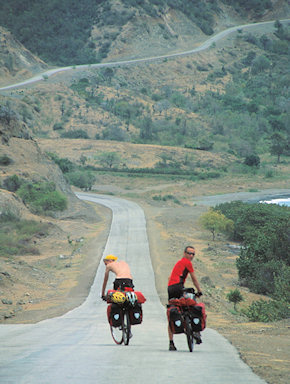
A coastal road in the very south of the island guarantees beautiful views, but also requires a lot of effort.
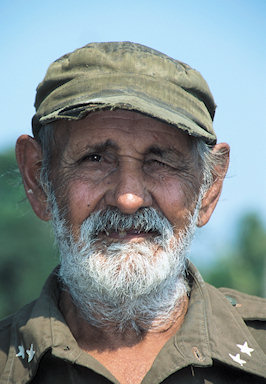
It is hard for me to feel indifferent to this photo. We met this man somewhere on the way, he lived in a dilapidated hut with his handicapped grandson. They live on the breadline and Fidel apparently forgot about them, but the man is proudly posing for a photo.
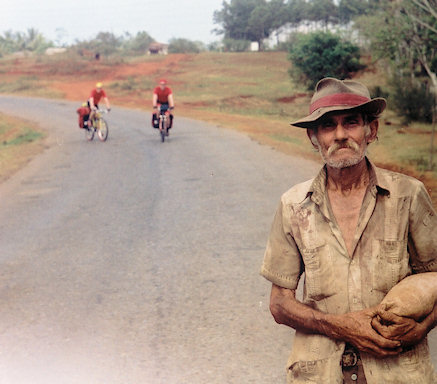
Few people in Cuba are free from poverty…
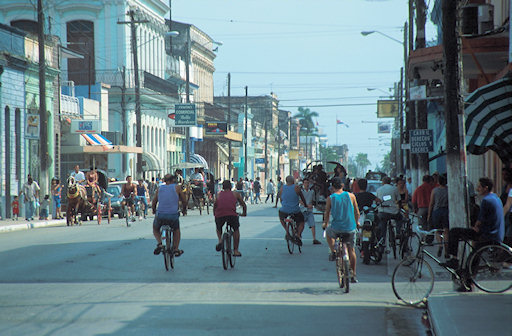
Early morning on the main street of Cardenas.
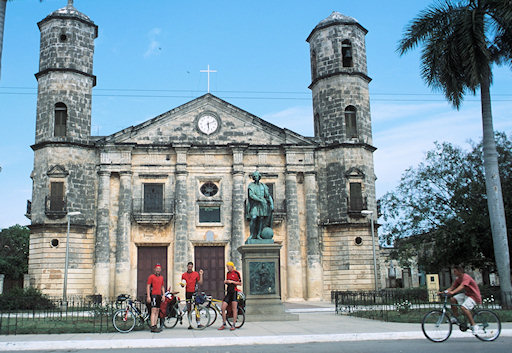
The centre of Cardenas: in the background there is the Catedral de la Inmaculada Concepcion (1846), in the foreground there is a statue of Christopher Columbus.
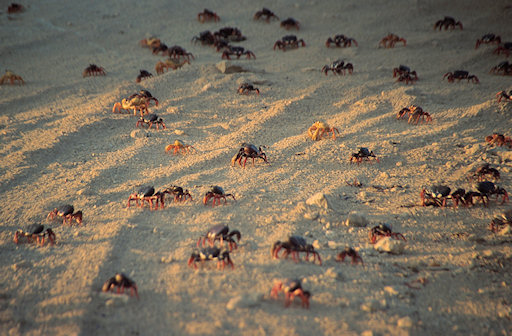
The Bay of Pigs. Thousands of crabs were crossing the road. Those that avoided being crushed (unfortunately, we also crushed a few despite trying not to), were heading towards shrubbery. There was a ubiquitous stench of crab remains drying in the sun.
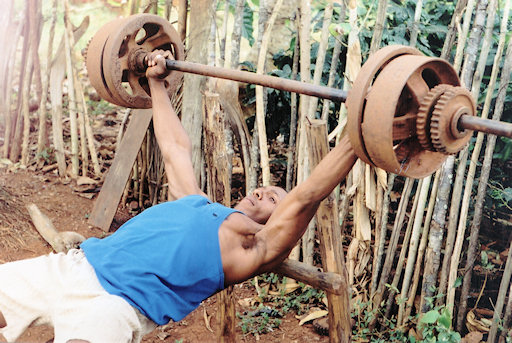
When there is no proper equipment at hand, do it yourself.
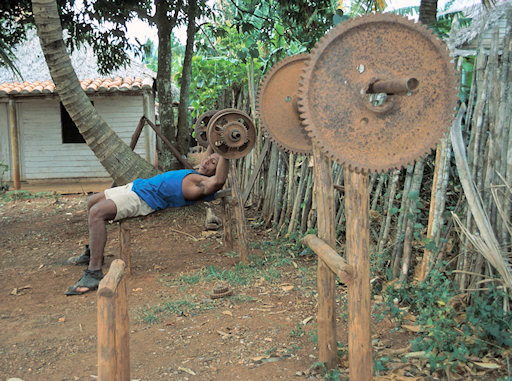
And then you can start an open air gym.
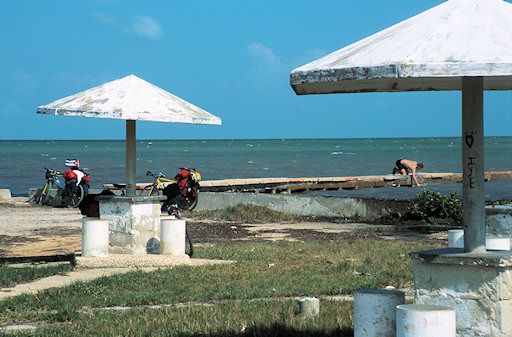
Playa Mayana - we were expecting a beautiful beach but only found a desolate place which, judging by the nearby buildings, was vibrant with life a few years before. It was probably because the beach disappeared, devoured by the sea.
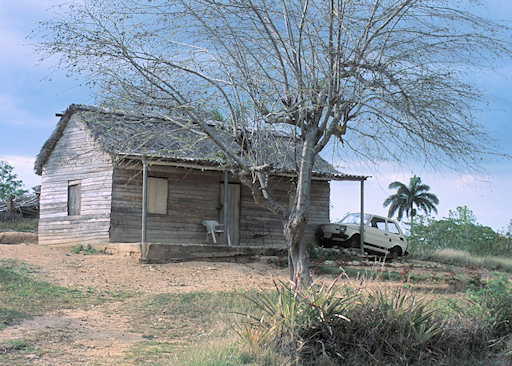
Even here you may find a product of Polish - Italian technology.
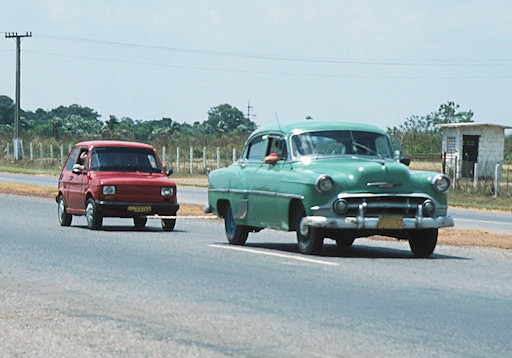
However, it is prone to breaking down, just like in Poland.
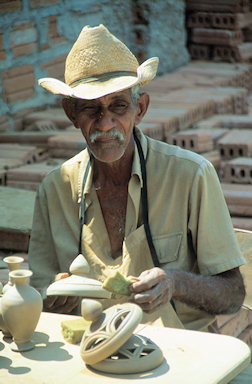
A ceramics factory in Trinidad.
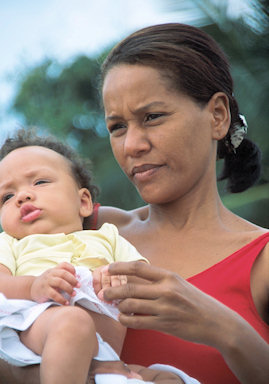
Beauty in its pure form.
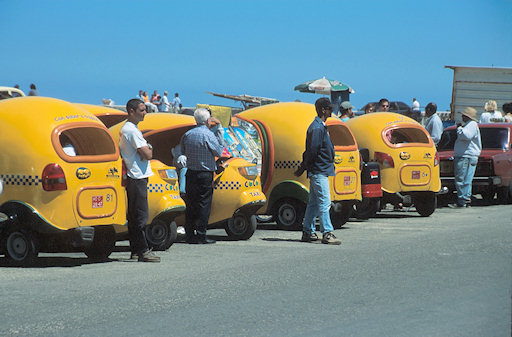
Auto-rickshaws in Havana.
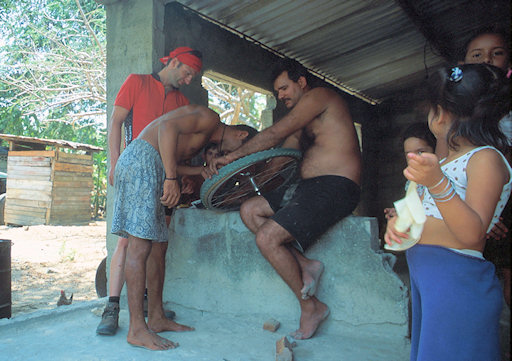
Creative Cubans can fix anything without using professional equipment or materials - even a flat tyre. On that occasion, a half of all village residents gathered to look at us.

Combine harvesters are repaired in such open air service shops - one machine is assembled using parts from three broken ones.
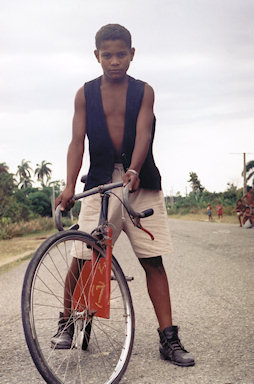
Another example of Cuban creativity - an aerodynamic bicycle fork.
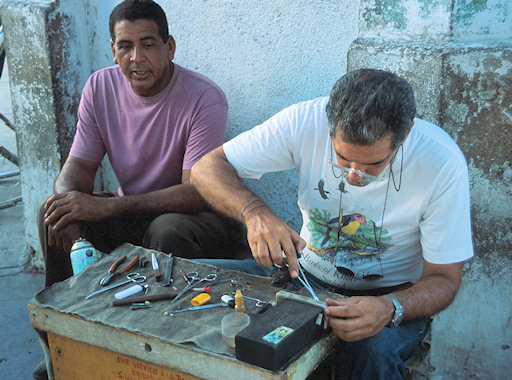
If a lighter breaks down or you need a gas refill, everything can be arranged on the spot, in the street.
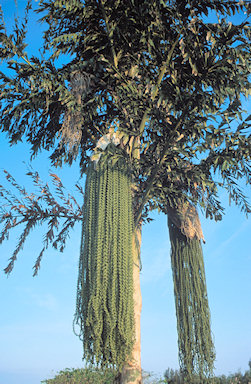
I really do not know what kind of palm tree this was but its thick flowers, hanging down like plaits, were unusual.
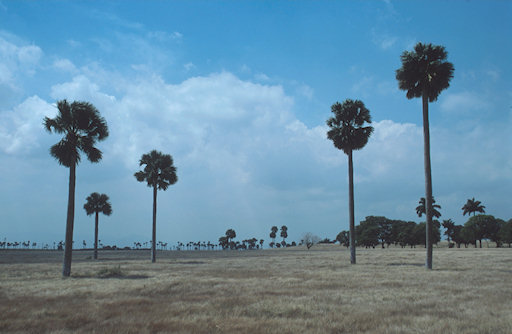
Landscape in the south of the island.
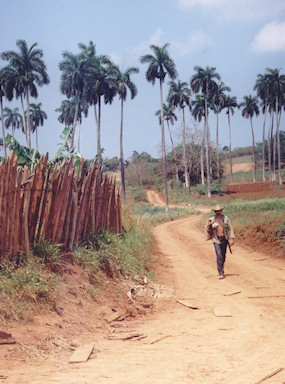
We are a still long way from home…
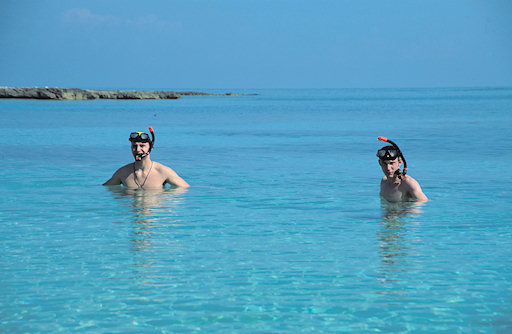
The quiet, deserted beach near Cabanas, with its coral reef and crystal clear turquoise water will stay in our memories for a long time.
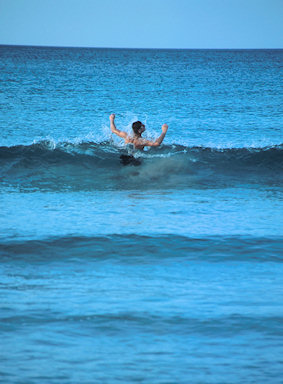
Because of the scorching sun, every opportunity for a swim was most welcome.
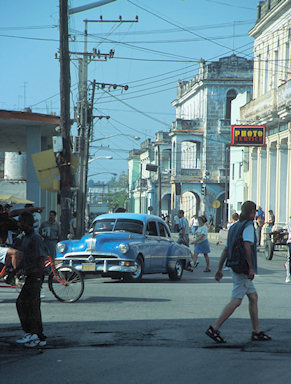
Morning rush on the streets of Pinar del Rio.
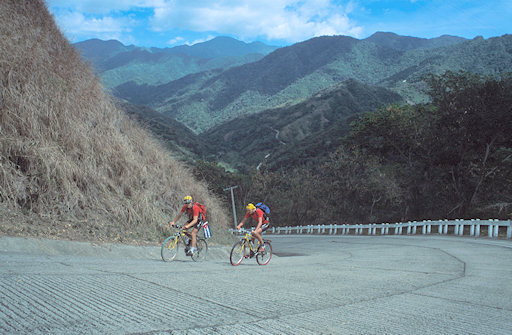
Adventurers who want to reach Villa Santo Domingo at the foot of Pico Torquino must face very steep climbs. Because of their inaccessibility, the Sierra Maestra Mountains served as a guerrilla hideout for Fidel Castro.
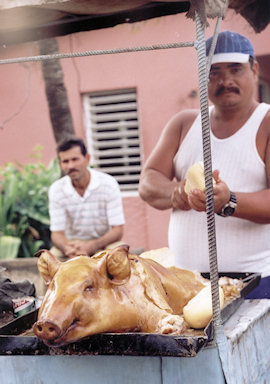
We had some trouble finding food but there were occasional stalls with sandwiches or quasi-pizza. Here is a rare delicacy - a pork sandwich.
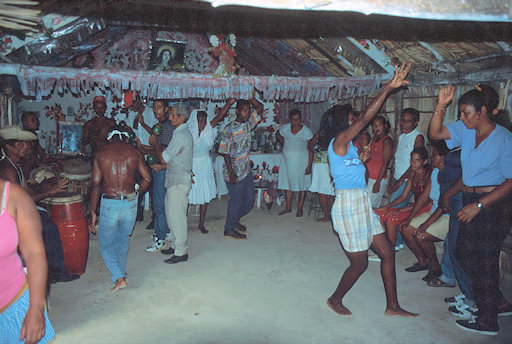
We were lured here by loud drumming and music. This is some Santeria ritual. Two people are dancing in a deep trance. Having shivers, we leave pretty quickly for fear of being sacrificed. Santeria is a religion that merges Christian beliefs with voodoo, or more precisely - animalistic beliefs brought to the island by African slaves between 16th and 19th century.
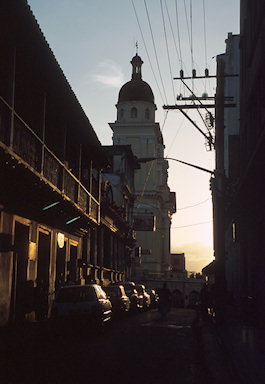
An evening in Santiago de Cuba. This city has a unique atmosphere.
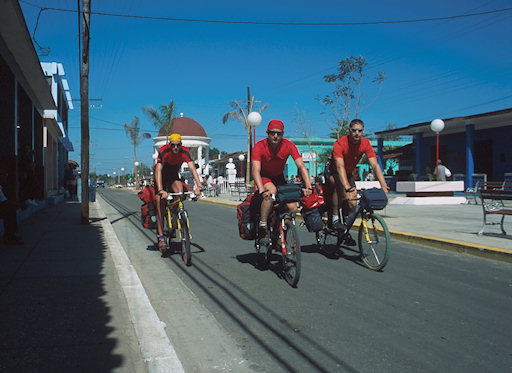
Our trio in battle array.
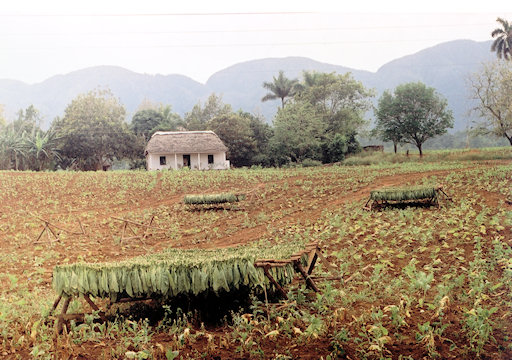
A tobacco plantation in the north of Cuba. The best tobacco in the world is grown here.

